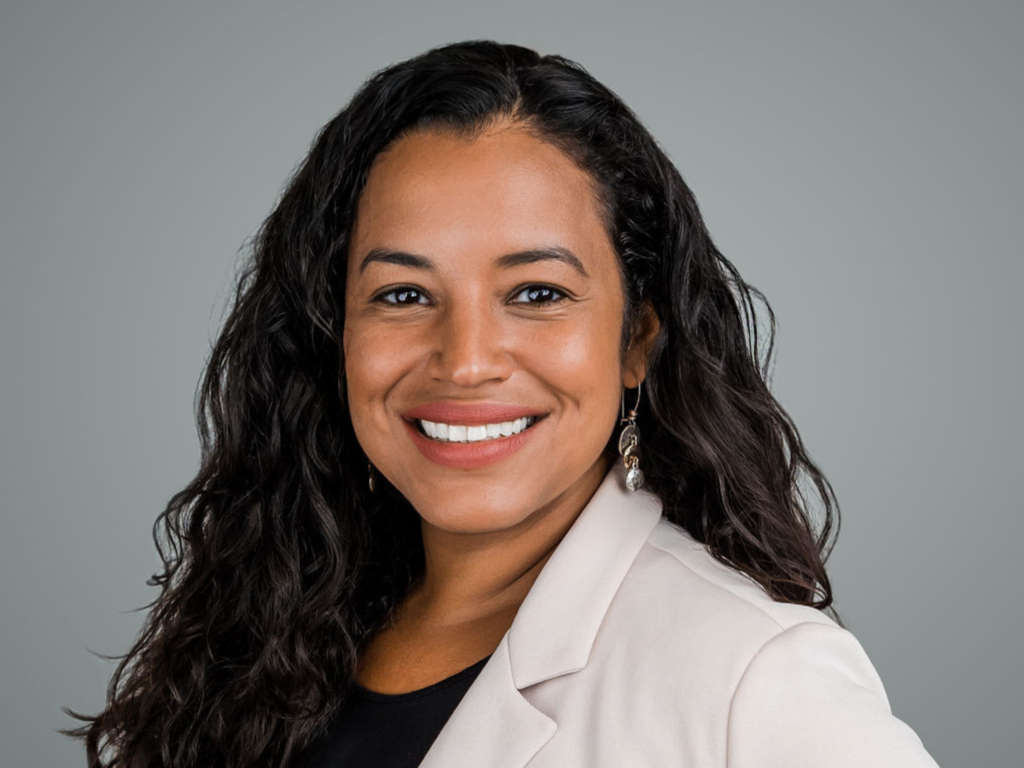Venture capitalists of Silicon Valley, who have backed hundreds of high-technology entrepreneurs, are eagerly financing a new group these days: schoolmasters.
“We give education entrepreneurs money to start or to speed up building their companies,” said L. John Doerr, who over 26 years has helped start dozens of ventures, including Sun Microsystems, Amazon.com and Google. He helped found NewSchools Venture Fund in San Francisco six years ago for a new breed of entrepreneur – the kind who doesn’t have to produce a profit.
Unlike Kleiner Perkins Caufield & Byers, the venture capital firm where Mr. Doerr is a partner, NewSchools does not earn the standard three to five times its investment in five years. It earns nothing, because it is “a philanthropy held accountable by the rigors of venture capital financing,” as Mr. Doerr describes it. The financial professionals of the fund oversee the business operations of the schools it backs.
Recipients of the fund’s investments are not whiz kids eager to become the next Bill Gates. Mainly, they are public school teachers with a passion to improve the ways poor children are taught. The companies they form are nonprofit charter school management organizations, capable of running publicly financed elementary and secondary schools that are freed from some rules and regulations in exchange for producing educational results better than those of the large urban school district. Almost all their students are eligible for free or reduced-price breakfasts and lunches.
Financing from NewSchools and charitable foundations helps them to build or buy school properties and to get elementary, middle and high schools up and running. But their operations are expected to quickly become self-sustaining on the stipends paid from local, state and federal taxes for educating each student.
NewSchools Venture Fund is still investing its first $80 million, contributed by individuals like Mr. Doerr and organizations like the Bill and Melinda Gates Foundation, which gave $22 million. NewSchools has begun raising another $125 million to expand the reach of charter schools as models of reform for traditional public school systems.
For example, NewSchools has contributed $3.3 million to help Michael Piscal and his Inner City Education Foundation start View Park elementary, middle and high school in the poor neighborhood of South Los Angeles. Mr. Piscal, 39, was a teacher at one of Los Angeles’s highest-rated private schools until 1994, when he decided to try teaching children in what is considered an underserved neighborhood.
Today, with three schools open and growing, Mr. Piscal plans to start 20 more schools in the same South Los Angeles area. “We have a waiting list of parents wanting to send kids to View Park,” Mr. Piscal said.
The View Park schools have 47 teachers who are not members of a union but earn salaries similar to the $42,000- to $54,000-a-year range of the Los Angeles Unified School District. View Park teachers can earn bonuses based on the performance of their students.
Mr. Piscal says the middle school – grades six to eight – “has the highest test scores in math for African-American students in all of California,” according to a foundation that supports education.
Brian Taylor, principal of the middle school, explained that such performance was achieved by concentration on the students.
“If kids are struggling, we pull them out of physical ed one day or two a week and give them assistance,” Mr. Taylor said. “In a school of 375 students, we know all of these kids. You couldn’t do that in a typical high school with 4,000 to 5,000 students.”
The return to smaller schools – fewer than 400 students for elementary and middle schools and 500 for a high school – is a refrain among the education entrepreneurs in the charter school movement.
Judy Ivie Burton was a teacher, principal and superintendent for 37 years in the Los Angeles Unified District but is now chief executive of the Alliance for College-Ready Public Schools, a charter organization that since 2004 has opened three high schools and a middle school. It has ambitions to open 16 more in the next six
years.
Ms. Burton is seeking $11 million more from NewSchools Venture Fund and other donors to achieve the Alliance’s 20-school goal, in a collaboration with the Los Angeles Unified District to help meet huge classroom needs for the area’s expanding population.
But Ms. Burton says she has chosen the charter school path because it gives her flexibility to employ her own ideas about improving student performance. Those ideas include increased instructional time, she says.
“We do 190 days in the school year, compared to 163 days for L.A. Unified,” Ms. Burton said. “And we do three two-hour periods, plus study hall, per day compared to six, one-hour periods.”
The charter school movement began to grow rapidly in California in 1997, when teachers and those in the business community persuaded the Legislature to remove limits on how many such schools could open.
Donald Shalvey, a longtime teacher and principal, was instrumental in winning that legislative victory and today runs Aspire Public Schools, a 15-school chain that was one of the first recipients of NewSchools Venture Fund investment.
Not all charter experiments have been successful. A four-school network named California Charter Academy was forced to close two years ago because of financial difficulties and is under investigation by the state Department of Education.
And teachers’ unions are understandably skeptical of the largely nonunion charter movement.
“We are neutral on charter schools,” said Joe Nunez, associate director of government relations for the California Teachers Association. “They’re good when they respond to local needs of families and teachers,” Mr. Nunez said. “But some of them are trying to grow statewide and move beyond their original mission.”
With 3,000 charter schools operating nationwide, and other reforms changing traditional public school structures, large issues clearly are revolving around the
American classroom.
And NewSchools Venture Fund is thinking big. Last year the organization hired a new chief executive, Theodore Mitchell, a former president of Occidental College and dean of the School of Education at the University of California, Los Angeles, now the education adviser to Gov. Arnold Schwarzenegger.
Mr. Mitchell’s first goal is to raise an additional $125 million to finance charter school expansions, as well as to help their performance by financing teacher training, information processing centers and other ancillary services.
At a recent session in Silicon Valley, Mr. Mitchell grilled charter school organizers from Chicago who were seeking $4.5 million to expand from one high school to seven. The NewSchools board approved the investment in Chicago because the organizers “stressed the basics of improving educational performance,” Mr. Mitchell said.
Then he added a quotation from a speech by William Butler Yeats: “ ‘Education is not the filling of a pail but the lighting of a fire.’ We provide the fuel for that fire,” Mr. Mitchell said.
Asked to contrast the high-tech entrepreneurs he has backed over the years with the educators he is financing today, Mr. Doerr responded without hesitation:
“The education entrepreneurs have it harder. They must overcome massive institutional resistance,” he said. “And if the high-tech entrepreneurs succeed, they get rich. The educators’ rewards will be more important in life, but they’re not going to get rich.”

